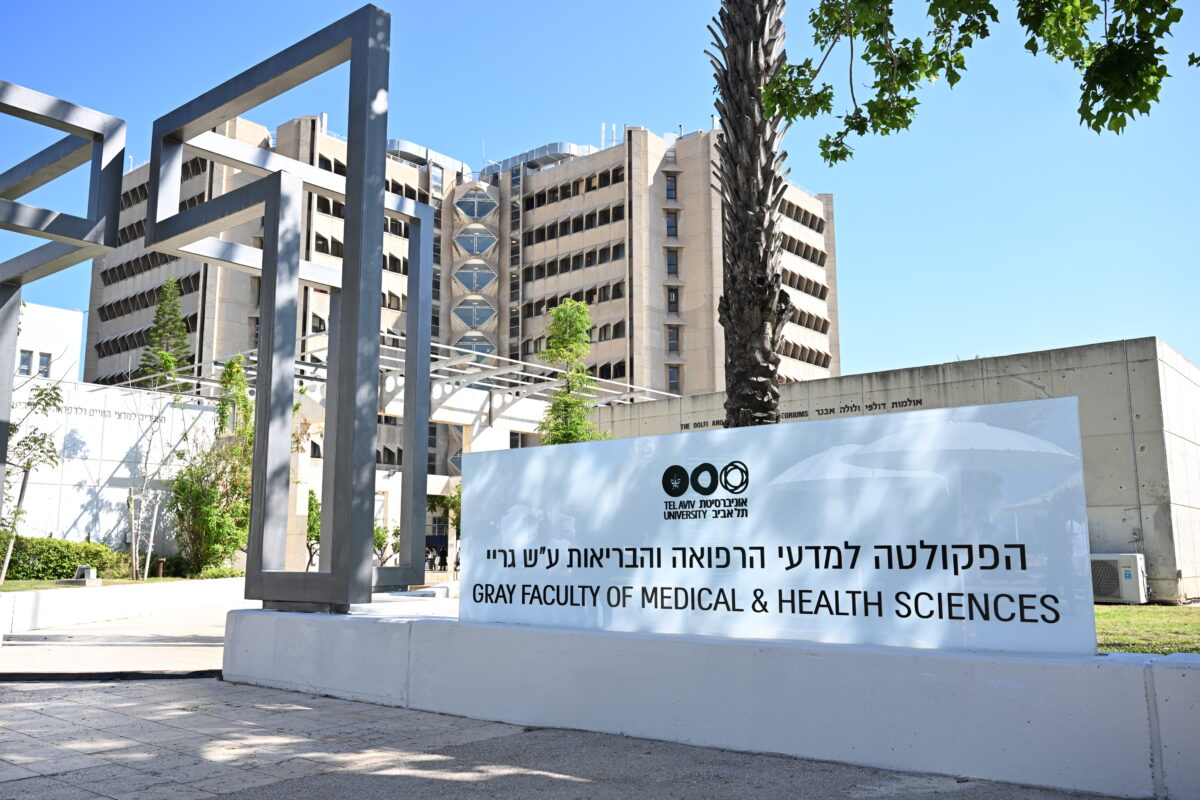You can set your fundraising copy apart by getting specific. And by getting specific, you can test whether you truly make good on promises.
“The nonprofit world is mired in jargon.” So writes April Bo Wang last week at the Chronicle of Philanthropy.
Her advice is excellent. It’s well worth reading and implementing at your nonprofit. In short, she laments ubiquitous buzzwords like “equity” and “transformational” and “move the needle.” These buzzwords, she argues, deflate your copy and reduce your organization to noise.
Instead of vague buzzwords that trade in “grandiose” promise and avoid specifics, Wang suggests that you should differentiate yourself in the marketplace. Avoid buzzwords, to start, and then get specific. It’s not interesting that you’re going to “move the needle to promote equity.” What’s interesting is that you are going to do a specific thing that will, well, move the needle and so on.
Wang offers a few questions to ask to determine how your organization is different. Essentially, the questions will help you specify how you achieve the dreamy promises of your buzzwords.
DON’T BE AFRAID OF THE BUZZ
It’s all good advice, for the most part. My only objection is this: buzzwords get a bad rap.
Words become buzzwords for a reason. They become terms of art with a community using a shared language.
Now, some buzzwords are simply generic. They are plain, lazy, and vanilla—easily replaced, and their replacement would be an enhancement. But other buzzwords are more precisely the way people talk about things in a certain community.
Words represent patterns of thinking, and when we are fundraising, we are trying to show people that we share their patterns of thinking. We need to inspire readers, yes, but first, we need to show them that we are on the same team. (And remember: you only have a few seconds to grab them. Hence the buzzzzz.)
In her piece, Wang shows how 10 education nonprofits—a mix of fundraising groups and philanthropies—use much of the same language. If you are an education nonprofit, and if you want to fit in with respected education nonprofits—like the Bill & Melinda Gates Foundation, for instance!—you want to sound like them. (Or, if you specifically want not to sound like them, that should be intentional and strategic—more on that below.)
Wang is correct to avoid bland and generic language, and she is right that we should specify how we will do what we promise. But we need to be careful with her advice about “buzzwords.” Don’t avoid terms of art within your organization’s sector simply because everyone uses those words. If everyone is talking about equity in their fundraising copy, for instance, it may be because donors (in that community) care a good deal about equity. And they might take the absence of that signal word as an indication that they are not interested in your work.
COPY IS THE TIP OF THE SPEAR
Even if the criticism of buzzwords is overstated, Wang’s recommendations overall are sound, and she provides an even better service in this piece.
What she helps to demonstrate is how writing helps to clarify the quality of your organization’s strategy. Anybody can talk about how they are “launching a movement to move the needle on solving a problem to promote equity.” And that probably sounds great and might use all of the necessary buzzwords—terms of art—to demonstrate your alignment with a certain community.
But what that lacks is any specifics on how that movement is going to move the needle and—more specifically—how moving the needle in that way is going to solve the problem . . . and how, finally, that will lead to “equity.” All of these questions are answerable. It may be hard to answer them, but they certainly can be answered—that is, if in fact you are doing what you say or envision.
And by answering them, you’ll find that your copy is improved. That is—back to the “if”—if you can answer them.
Therein lies the real fruit of Wang’s advice. Her recommendations might improve your copy. That’s great. But what’s better, is that by laboring to improve your copy, you’ll put your strategy and your tactics to the test. Can you answer those questions? Are your answers compelling? Are they sound? And even further: if your answers are sound and compelling, are they honest?
That will be the hardest question: are you actually doing what you say you do, and is doing what you say you do actually achieving what you hope to achieve?
TELL THE STORY TO TEST YOUR STRATEGY
In short, be sure to tell your organization’s story well. Without getting bogged down in too many facts and details, don’t skate over specifics.
Successful and motivating copy will cast a vision, communicate that vision clearly to your audience (that may require some buzzwords!), and will specify how you are actually moving toward that vision.
And the process of honing your copy will be an occasion to test—and perhaps improve—your organizational strategy and how you implement that strategy. If you find it hard to show you are actually achieving what you set out to achieve, then maybe you need to invest in some organizational planning before you can make your copy sing—and your fundraising perform.
Credit:Source link



